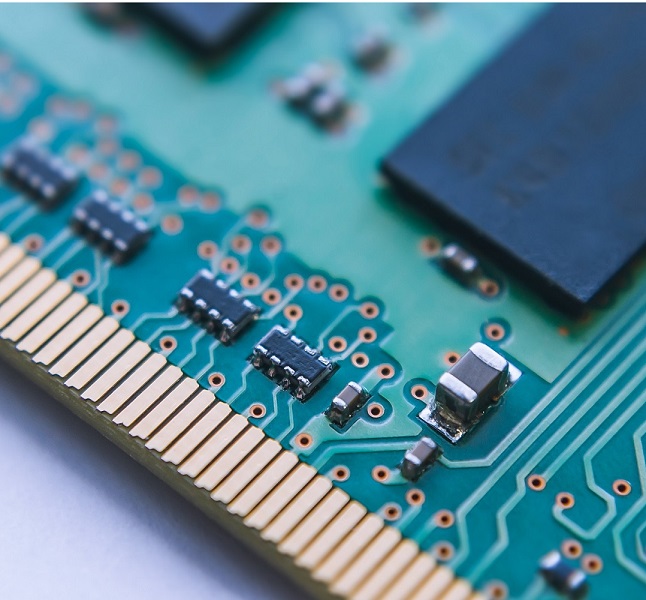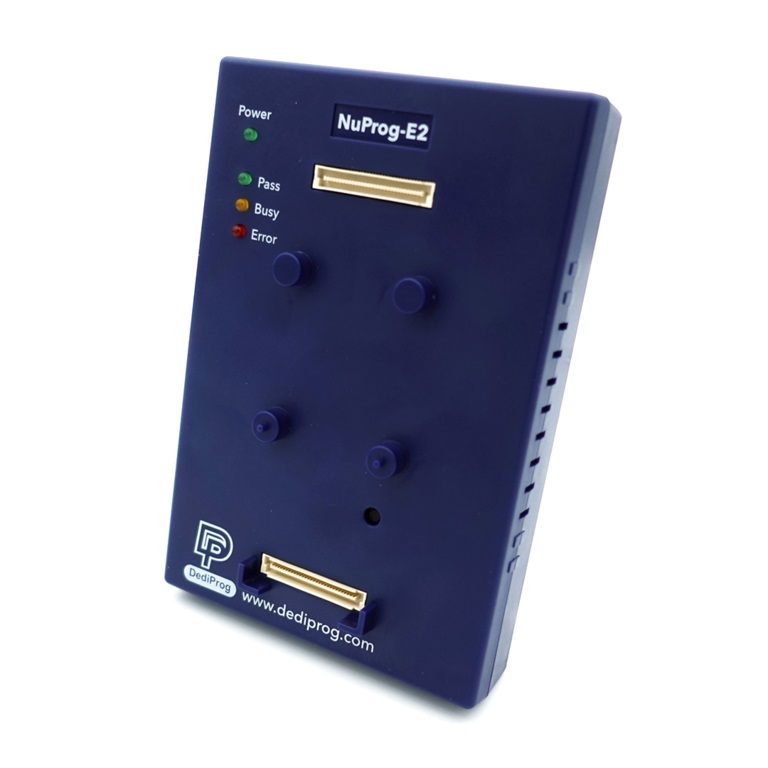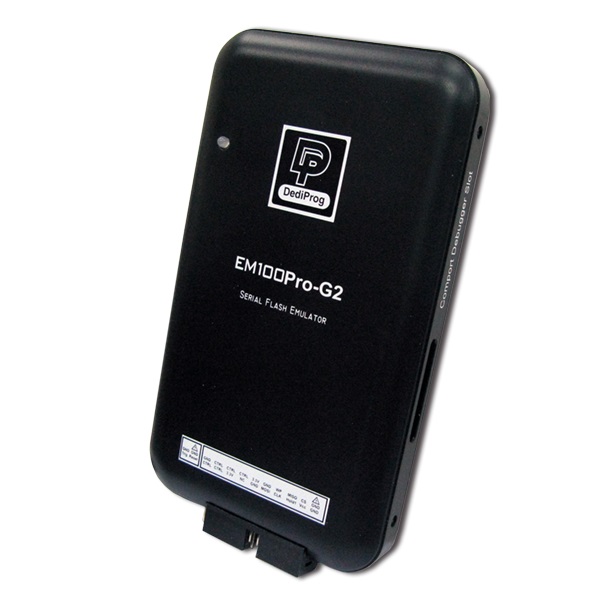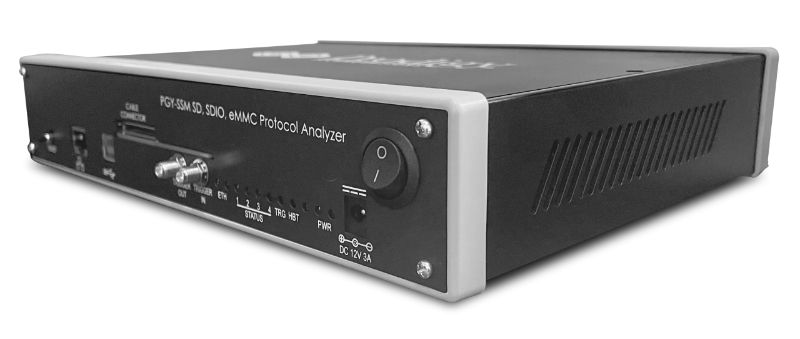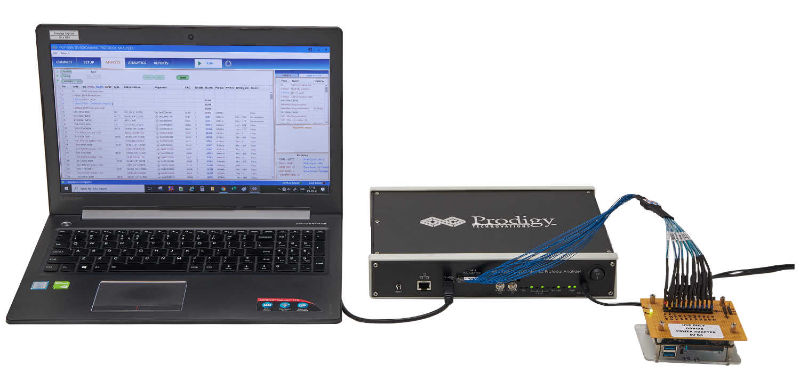
Storage technologies in smartphones
Storage types in smartphones
Every smartphone has different types of memory. RAM is the volatile memory in which a smartphone processor can temporarily store its computing data. The internal memory in smartphones is now very diverse. The internal memory is used to store, manage and secure system and user data. In contrast to computers, mobile devices do not use hard drives, but a digital, non-volatile flash memory, which is also used in USB sticks or for SD memory cards. There are smartphones with fixed internal memory as well as models with expandable memory (SD).
Internal flash memory in smartphones
The internal memory is a digital flash memory with low energy requirements, on which a non-volatile backup of data is possible. Non-volatile means that the data is retained when there is no power, i.e. the mobile phone is switched off. The modules contain a memory block and a microcontroller. They are mobile, which means they have no moving parts and therefore cannot be damaged by vibrations. Although flash memory is slower than other types of memory, it has proven its worth for mass storage and mobile devices such as MP3 players, cell phones, and smartphones. This is mainly due to its economy and compact design. The lifespan of flash memory is limited and specified in erase cycles. Depending on the memory architecture, up to two million write and delete cycles are possible before the memory module has to be replaced and a new smartphone has to be purchased. Flash memory has come a long way since it was first introduced in 1984 - from the humble USB stick so many of us still use to SD and micro SD cards, which have become an integral part of our digital imaging and mobile experiences, right up to the smart and slim SSDs that quickly replace HDDs, to eMMCs that virtually define how much we can store in our pockets. Nowadays, two storage technologies are usually built into mobile devices. These are eMMC and UFS.
What is eMMC?
eMMC, or Embedded Multimedia Card, is advanced NAND managed flash memory for mobile applications and remains the dominant storage solution for many consumer electronics devices, including tablets, smartphones, GPS systems, eReaders, and other mobile computing devices.
("Managed" here means that it is a solution that consists not only of NAND flash memory but also of controller / interface circuitry to sort processes and improve performance.)
| Standard | Sequential Read (MB/s) | Sequential Write (MB/s) | Random Read (IO/S) | Random Write (IOS) |
|---|---|---|---|---|
| UFS 2.0 | 350 | 150 | 19.000 | 14.000 |
| eMMC 5.1 | 250 | 125 | 11.000 | 13.000 |
| eMMC 5.0 | 250 | 90 | 7.000 | 13.000 |
| eMMC 4.5 | 140 | 50 | 7.000 | 2.000 |
| micro SD card | 90 | 40 | 1.500 | 500 |
What is UFS?
UFS is the future of flash storage. UFS 2.0, the most advanced JEDEC standard, offers sequential read / write speeds fast enough to compete with SSDs while combining them with the low power consumption of eMMC. In addition to faster booting, the next generation of flash memory offers faster response to data input / output, three times faster file copy, and three times the ability to multitask. For the average consumer, this means watching high quality videos, playing high bandwidth games and other entertainment programs, running multiple applications, and downloading or uploading files without disrupting functionality.
Product is discontinued
Price on request




